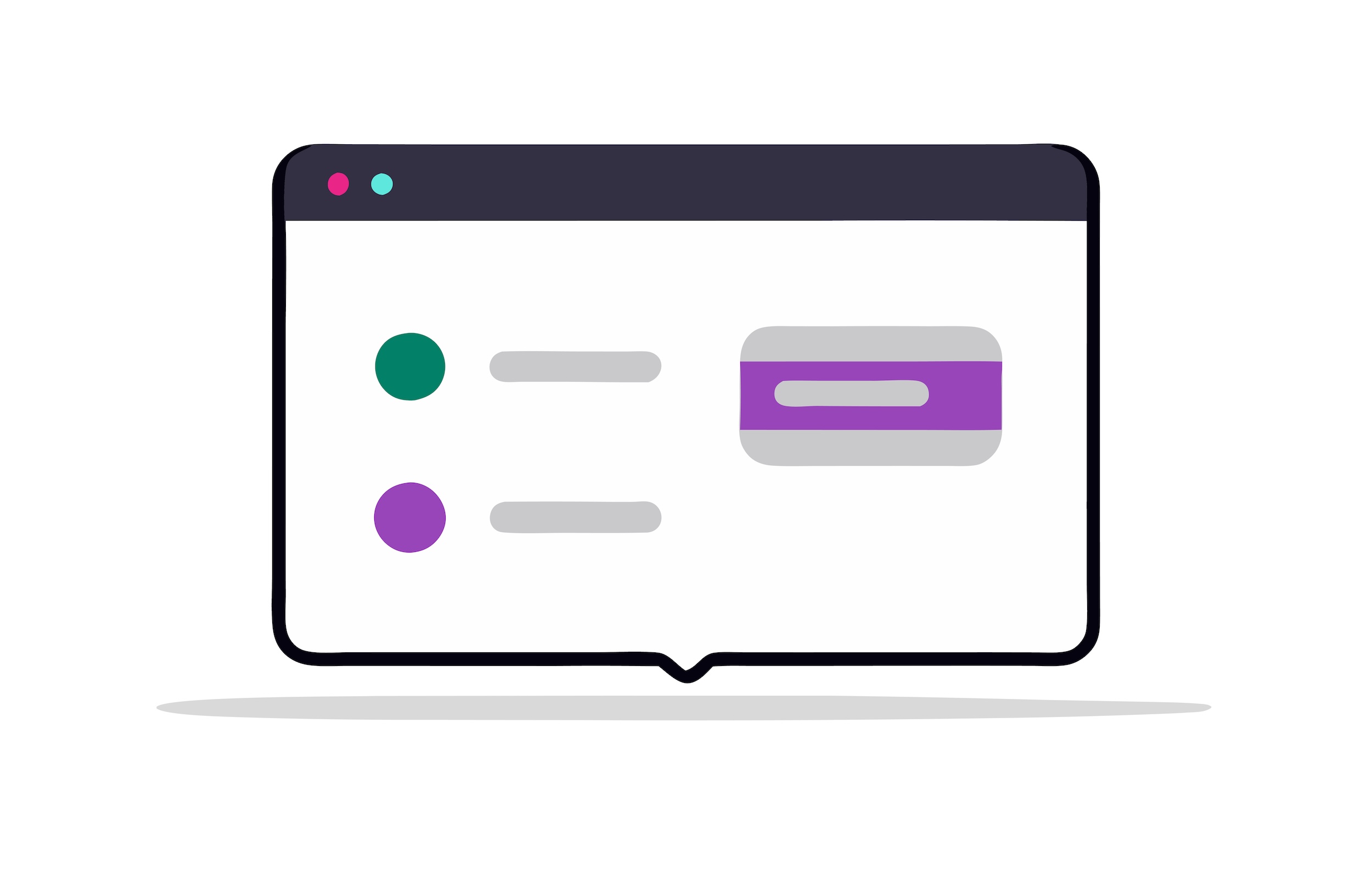Let’s be honest – pop-ups get a bad rap. We’ve all been annoyed by those aggressive overlays that slam you in the face the second you land on a website. But here’s the thing: when done right, modal popups are conversion goldmines that can boost your results by 20-60% or more.
I’ve been diving deep into the latest research on popup conversions, and the numbers are pretty eye-opening. We’re talking about average conversion rates of 3-4% for basic modals, with top performers hitting 8-10%. Even better? There are some newer techniques – like two-step popups – that are showing huge conversion improvements.
The Science Behind Why Modals Work
Before we jump into the how-to, let’s talk about why these things actually work. It’s not magic – it’s psychology.
When someone visits your website, they’re in browsing mode. They’re scanning, clicking around, maybe reading a bit here and there. A well-timed modal breaks that pattern and creates what researchers call a “micro-moment of focus.” You’re essentially saying, “Hey, pause for just a second – I’ve got something valuable for you.”
The keyword there is “valuable.” Generic “subscribe to our newsletter” pop-ups are dying a slow death because they don’t offer clear value. But pop-ups that offer something specific – a discount, a free guide, a useful tool – those still work like crazy.
Mobile users are actually more responsive to modals than desktop users. Recent studies show mobile conversion rates around 10% compared to 7% on desktop. This makes sense when you think about it. On mobile, that modal takes up the whole screen, so it gets full attention.
Types of Modal Popups That Actually Convert
Not all pop-ups are created equal. Here’s what’s working right now:
Exit-Intent Modals are still champions. These detect when someone’s about to leave your site and give you one last shot to capture their attention. They’re converting at 4-5% on average because you’re catching people at the exact moment they’re deciding to bounce.
Scroll-Triggered Modals wait until someone has scrolled 30-60% down your page before appearing. This shows they’re actually engaged with your content, making them much more likely to convert.
Time-Delayed Modals give visitors a chance to get oriented before making an offer. The sweet spot seems to be around 15-30 seconds – long enough to show interest, short enough that they haven’t wandered off mentally.
But here’s where it gets really interesting…
The Two-Step Popup Revolution
This is the technique that’s absolutely crushing it right now, and honestly, it surprised me too. Instead of immediately showing a form, you show a simple button or call-to-action first. When someone clicks it, the modal with the actual form appears.
Why does this work so well? It’s all about micro-commitments. When someone clicks that first button, they’re essentially raising their hand and saying “yes, I’m interested.” They’ve already invested a small action, so they’re psychologically more likely to complete the form.
Think about it – there’s a huge difference between someone who accidentally triggered a popup and someone who deliberately clicked a button to see your offer. That second person is pre-qualified and much more likely to convert.
The numbers back this up. Companies switching from traditional pop-ups to two-step versions are seeing conversion increases of 20-60% consistently.
Here’s how it typically works: You might have a button that says “Get Your Free Marketing Audit” or “Claim Your 20% Discount.” When they click it, boom – the modal opens with the actual form. Simple, but incredibly effective.
Using Gravity Forms in Modals (The Right Way)
If you’re using WordPress, Gravity Forms is probably your go-to for form building. And the good news is, it works beautifully in modals – if you set it up correctly.
An important tip: be sure to enable AJAX. This lets the form submit without refreshing the page, keeping users in that modal experience. Nothing confuses people more than suddenly reloading the page and closing your modal, leaving them unsure what happened
I actually created a plugin specifically for this called Modal Display for Gravity Forms. It handles all the technical stuff – accessibility, focus management, mobile optimization – so you can focus on crafting great offers instead of wrestling with code.
Here’s what makes it work well:
The plugin creates a simple shortcode that renders a button. Click the button, and your Gravity Form opens in a clean, accessible modal. It handles all the behind-the-scenes stuff like trapping focus for keyboard users, closing with the Escape key, and making sure everything works smoothly on mobile.
You can customize the button text, add a modal title, and even use a dark theme if that fits your site better. The key is that it gives you that two-step functionality we talked about – button click reveals form – without needing to be a developer.
Ready to Boost Your Conversions with Two-Step Modals?
Watch this demo to learn more about the plugin that makes creating high-converting two-step popups as easy as adding a shortcode.
Register for the Live Training on 9/29
Best Practices That Actually Matter
Here’s what separates high-converting modals from annoying ones:
Timing is everything. Don’t assault people the second they land on your page. Let them get oriented first. Use scroll triggers or time delays to show you respect their browsing experience.
Make the value crystal clear. “Subscribe to our newsletter” is weak. “Get our 47-point SEO checklist” is strong. Be specific about what they’re getting and why it’s worth their email address.
Keep forms short. Every additional field you add drops conversion rates (by as much as 50%). Name and email are usually plenty for initial capture. You can always ask for more information later.
Mobile optimization isn’t optional. Your modal needs to look and work great on phones. That means big, thumb-friendly close buttons and forms that don’t require zooming or horizontal scrolling.
Test your triggers. What works for one audience might not work for another. Try different timing, different triggers, different offers. A/B testing pop-ups can yield huge improvements.
The AI-Powered Future
Here’s where things get really cool. The latest modal tools are using AI to analyze user behavior in real-time and trigger pop-ups at the perfect moment. Instead of generic “after 30 seconds” triggers, AI can detect when someone seems confused, engaged, or about to leave based on their mouse movements and scrolling patterns.
These smart triggers are showing 25-35% higher conversion rates than traditional methods. The AI learns from thousands of user sessions to predict the optimal moment to show each visitor a modal.
Common Mistakes to Avoid
Don’t show the same popup to someone multiple times. Use cookies to remember who’s already seen your offer. Nothing screams “amateur hour” like repeatedly bothering the same visitor.
Don’t make your close button tiny or hard to find. Frustrated users don’t convert – they bounce and never come back.
Don’t ignore mobile users. Test your modals on actual phones, not just by shrinking your browser window.
And please, don’t use modals for everything. They’re powerful tools, but like any tool, they can be overused. One well-crafted modal is better than three mediocre ones.
Making It Happen
Modal popups aren’t going anywhere. When done thoughtfully, they’re one of the most effective conversion tools you can use. The key is respecting your visitors while providing genuine value.
Start with one simple modal – maybe an exit-intent offer or a scroll-triggered lead magnet. Use the two-step approach if possible. Test different timing and offers. And always, always make sure the mobile experience is smooth.
The research is clear: modals work. The question isn’t whether to use them, but how to use them in a way that helps your visitors while growing your business. Get that balance right, and you’ll see why smart marketers are still betting big on modal popups.




